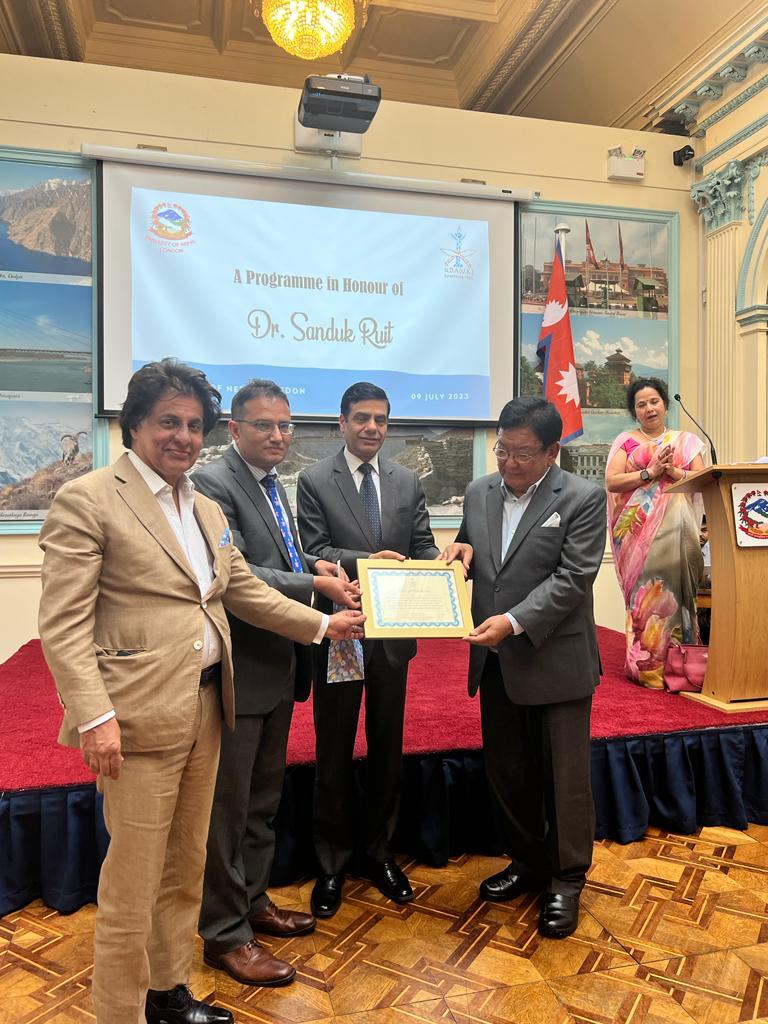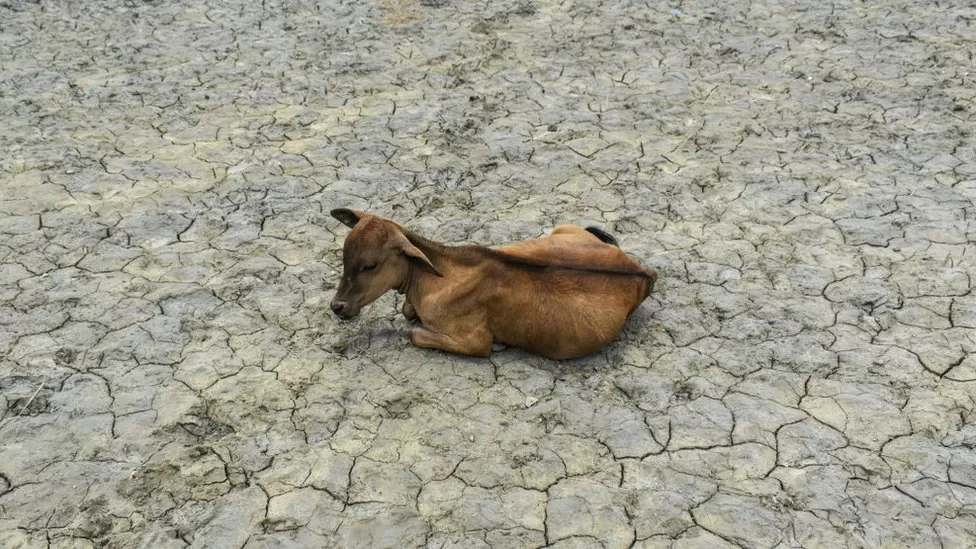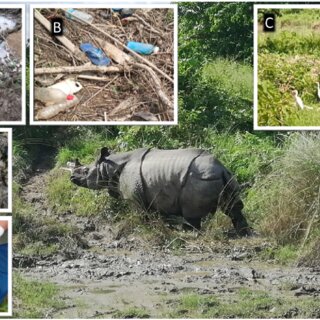Gorana Grgić, University of Sydney
Since Russia invaded Ukraine last year, NATO meetings and summits have been receiving significantly more attention compared to previous years. And there are several big-ticket items on the agenda at the upcoming summit in Vilnius, Lithuania, which begins on Tuesday.
The foremost issue is, of course, NATO’s future military support to Ukraine in its ongoing war against Russia, particularly in the wake of reports of weapon delivery delays and the United States’ controversial decision to send cluster munitions to the Ukrainians.
The allies will also discuss Ukraine’s potential membership in the group. Ukraine is seeking an invitation and a roadmap to eventually join NATO, which the US and Germany, in particular, have resisted while an active war is occurring.
The members will also agree on the first major overhaul of NATO’s military plans since the Cold War and an increase in their individual defence spending. NATO Secretary-General Jens Stoltenberg is looking for commitments from all 31 members to spend at least 2% of their gross domestic product on defence – something that was considered an aspiration rather than a baseline a decade ago.
NATO’s interest in the Asia-Pacific
The other invitees receiving considerable attention are four leaders from the Asia-Pacific: Australian Prime Minister Anthony Albanese, New Zealand Prime Minister Chris Hipkins, Japanese Prime Minister Fumio Kishida and South Korean President Yoon Suk Yeol. The four will be in attendance for the second year in a row, following last year’s NATO summit in Madrid.
While NATO’s outreach efforts to the Asia-Pacific region are still in the infancy stage, they have generated some criticism in recent days. Former Australian Prime Minister Paul Keating called Stoltenberg a “supreme fool” for boosting the bloc’s ties with the region. And French President Emmanuel Macron is reportedly opposed to the opening of a proposed NATO liaison office in Tokyo.
With NATO so heavily focused on Ukraine at the moment, its interest in a region half-way around the world does raise some questions. Why are these four leaders becoming regular features at a summit for European and North American countries?
First, these countries have been among the most prominent members of the international coalition supporting Ukraine and sanctioning Russia. So, their presence at a security conference where Ukraine will be discussed makes sense.
More importantly, though, the Indo-Pacific region featured prominently in NATO’s 2022 Strategic Concept, a key document that outlines the alliance’s values, purpose and role.
For the first time last year, the document referred to China’s ambitions and policies as a major challenge to NATO’s security, interests and values. It also specifically addressed the growing cooperation between China and Russia, which NATO sees as a threat to the established rules-based international order.
As such, the Strategic Concept called the Indo-Pacific “important for NATO, given that developments in that region can directly affect Euro-Atlantic security”.
This makes the case quite clear for NATO to strengthen its existing partnerships in the region and develop new ones.
What these new partnerships will look like
Policy analysts have debated the merits and consequences of this expanded level of cooperation.
But despite hesitations among some commentators, the four Asia-Pacific countries generally want to move in the direction of stepping up their cooperation with NATO.
Indeed, if the Madrid summit served as an opportunity for the four Indo-Pacific partners to showcase their support for Ukraine and pledge stronger commitment to future collaboration with NATO, the Vilnius summit will serve as a benchmark to assess the progress that’s been made.
This is why, in the lead-up to the summit, NATO has been working to formalise its partnerships with the four countries.
Japan and Australia have been at the front of these efforts. Japanese media reported last week that Tokyo and Canberra have wrapped up negotiations with NATO on a new agreement called the “Individually Tailored Partnership Program (ITPP)”. This program specifies the key areas of cooperation between each country and the NATO bloc.
New Zealand and South Korea are working to finalise their individual agreements with the alliance, too.
The partnerships will largely focus on areas of global concern, such as maritime security, cybersecurity, climate change, outer space, and emerging and disruptive technologies (including artificial intelligence).
And from a defence standpoint, NATO and the four partners will aim to improve the “interoperability” of their militaries – the ability of different military forces and defence systems to effectively work together and coordinate their actions.
This might entail deepening the knowledge of each other’s military assets, improving the relationships between their soldiers and other military personnel, and expanding joint drills.
Why is this happening now?
The intensifying and deepening relations between NATO and its Indo-Pacific partners can be interpreted in two ways.
First, these partnerships form another important link in the expanding network of diplomatic and security ties between the US, its Western allies and the Indo-Pacific region. They complement partnerships like AUKUS and the Quad.
Beyond this, we can also view these agreements in the context of NATO’s evolving outreach with the rest of the world over the past couple decades.
Previously, NATO’s collaborations with Indo-Pacific countries involved pooling resources for security operations in non-NATO members, such as the Balkansin the 1990s and Afghanistan in the 2000s.
Nowadays, strengthening these partnerships is seen as a vital part of responding to the new challenges and threats posed by Russia and China.
Of course, this does not mean we will see NATO military equipment or troops permanently stationed in the Indo-Pacific. Nor would it be realistic to expect the Indo-Pacific countries’ military contributions to Ukraine to lead to a more permanent set-up in Europe.
Similarly, while all of this is aimed at intensifying security cooperation among US allies in the Indo-Pacific, this is in no way a prelude to the creation of a NATO-like collective defence pact in the region.
However, given the complexities of the current tensions with Russia and China, there is a clear need for greater coordination and cooperation among a larger group of countries. These new partnerships can be effective in addressing everything from disinformation and maritime security to cyber defence and competition in space.
Chinese President Xi Jinping and Russian President Vladimir Putin would obviously prefer these partnerships to slow down. Indeed, China has criticised the proposed NATO liaison office in Tokyo as an attempt to “destroy regional peace and stability”.
China and Russia might even find some comfort in seeing the clear differences among the four partners as to their desired level of engagement with NATO.
However, all four Indo-Pacific countries can agree on one fundamental fact – they expect to see more competition with both China and Russia in the future, not less.



















